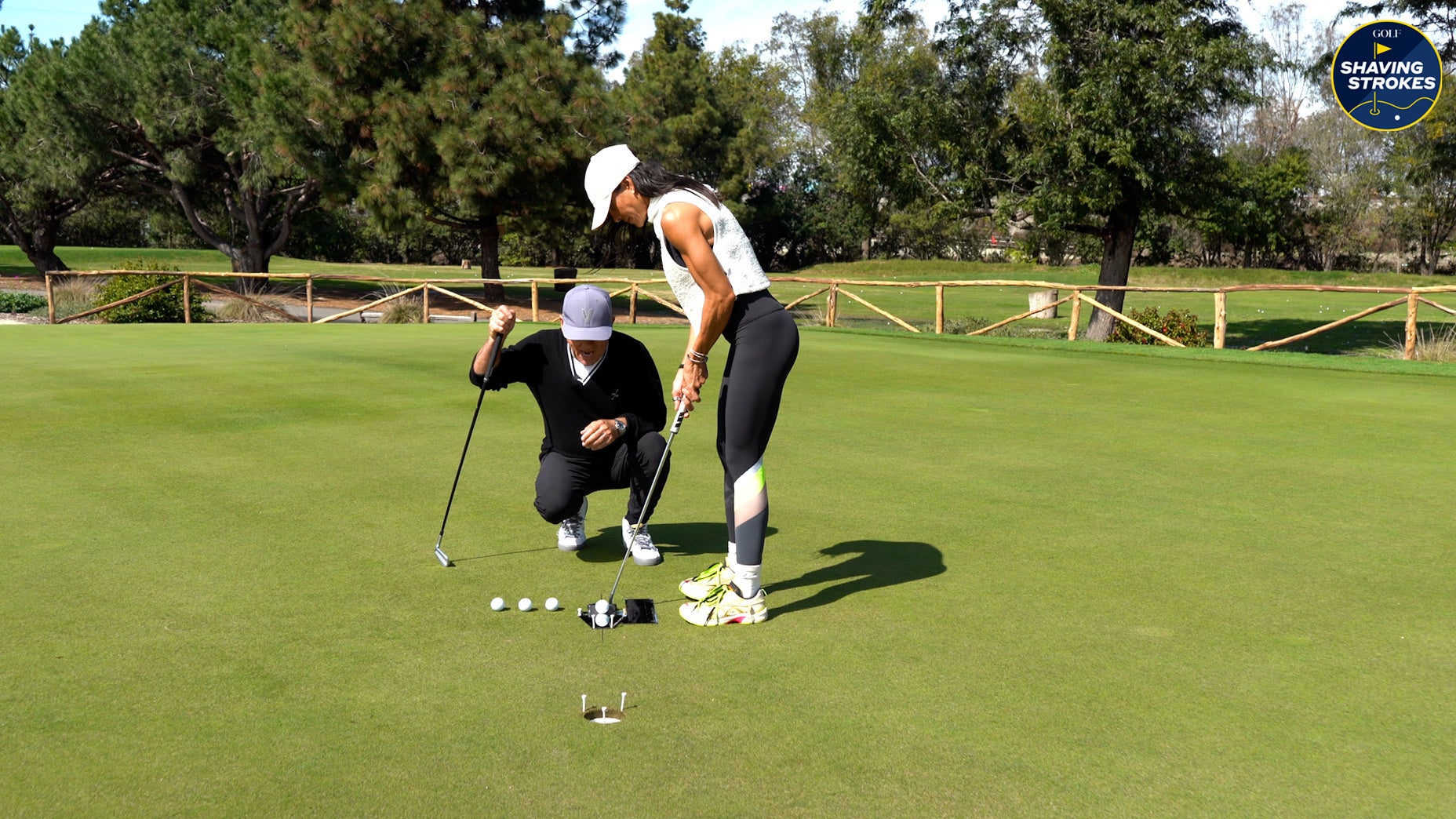How long should it take to break 100? A top teacher shares a game plan

Have a goal to finally break 100 on the golf course? GOLF Top 100 Teacher David Woods shares a game plan for how (and when) to achieve it.
Getty Images
When someone is just getting into playing golf, there are lots of things that can go wrong. For that reason, it’s always best to play a few rounds before even considering keeping score.
The game is so hard with so many complexities to it, should a new player begin to get frustrated with just learning the swing fundamentals, there’s a good chance they may even give it up altogether — which nobody wants.
But as a person practices and improves their game, there’s one obvious goal that most golfers strive for: breaking 100.
There’s just something about breaking 100 that brings so much joy. In fact, I’d argue that it’s a golfer’s true baptism to the game, proving to both themselves and others they’ve put in the necessary work to improve and still strive to get better.
So how long should it take to actually break 100? While there isn’t a one-size-fits-all timeframe, GOLF Top 100 Teacher David Woods has a game plan that should help you gauge where your game currently is — and where it can get to. Take a look below to see Woods’ advice.
Looking to break 100 for the first time? Try this
Whether you’re a new player or someone who has casually played for years, a good benchmark to measure success or progress is breaking 100 for the first time.
While it seems straightforward and attainable on paper, golf is hard, so even if you have the proper fundamentals down, there are still plenty of things that must go right in order to break 100.
You need to have decent drives, solid recovery shots after misses, an average short game plus confidence on the putting surface in order to avoid 3-putts. And while there isn’t a specific timeframe to follow from the time you swing your first club to today, by following the steps below, you’ll be on your way to breaking 100 within six weeks.
1. Use clubs that fit you
This doesn’t mean you have to be using expensive clubs, but you want to make sure that both the length and shaft flex match your height and swing speed.
Many amateurs often don’t want to invest in high-performing golf equipment until they break 100, but I’d argue that it should be the opposite — improve the tools in your proverbial tool shed to work with.
A good place to get fitted is True Spec Golf, which has every brand and professional fitters to give you the confidence that your equipment is primed for your golf goals.
2. Learn to chip and putt
In the game of golf, how you perform in the short game can make all the difference. You can save yourself from bad drives and poor iron shots here, or go backwards by ruining good ball-striking by piling up strokes with the putter.
While chipping, the most simple and effective technique is to have the weight on the lead foot, addressing the ball with the shaft leaning forward. This promotes a downward strike, which allows the loft of the club to create ball elevation.
By practicing your chipping, you can gain confidence to make a similar (but longer) swinging motion on full shots. And since a vast majority of your score will come from within 100 yards, working on your short game is the fastest way for breaking 100.
3. Utilize the available improvement resources
As you focus on the full swing, you must have a general understanding of how the body moves in order to make solid contact consistently. By doing this, you’ll give yourself a greater opportunity at breaking 100.
Having a golf teacher is one way to accomplish this, but not everyone can afford or commit to that plan. That’s where utilizing available resources is a must!
There’s never been more information about golf instruction than right now. That means scouring the internet or social media for easy-to-learn tips, as well as using training aids that can help you understand the fundamental principles of the golf swing.
4. Avoid unforced errors
Finally, the most important thing to be mindful of when trying to break 100 is avoiding unforced errors — such as penalty shots and 3-putts!
This is where having good course management and a plan comes into play, as both will allow you to weigh the pros and cons of each shot ahead of time.
For instance, if you’re constantly slicing your driver, try using a low-lofted iron that may provide more control, even if you do lose distance. Sacrificing a few yards off the tee, but being in or near the fairway, is a better situation than taking a drop because your ball is in the woods.
Be aggressive, but avoid high-risk shots that don’t match your current skill level.
Golf Power SwingFan
$79.99 (was $99.99)
View Product













